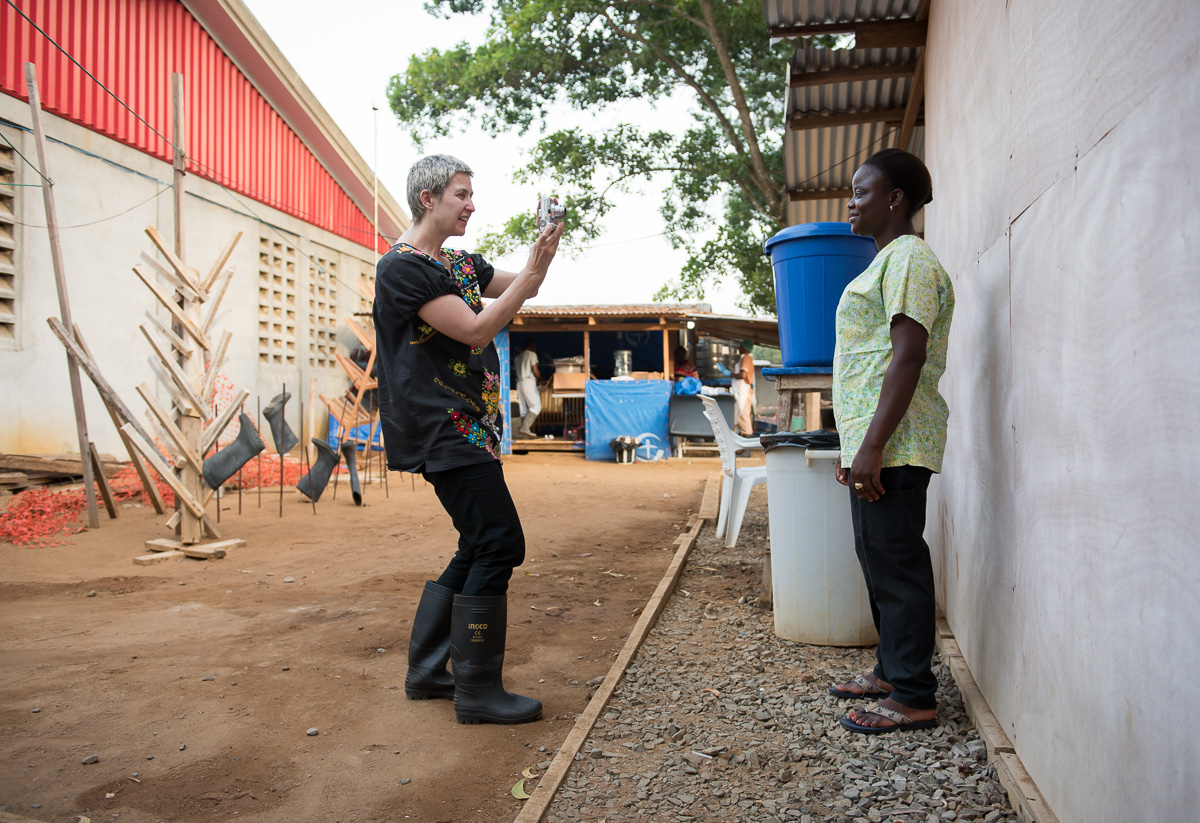Mary Beth Heffernan, a Los Angeles based artist, brings together corporeality and imagery through various media. Her work examines deep questions about how bodies and their experiences are represented in digital and physical forms.
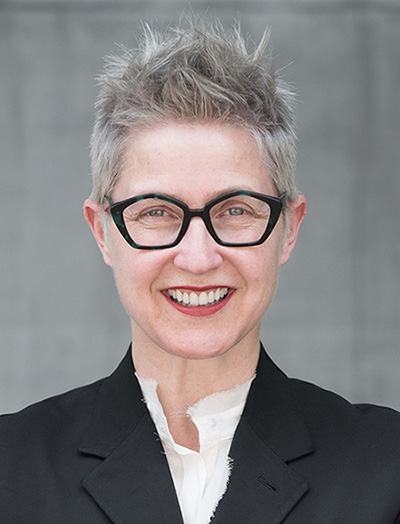
Marc Campos
One of Heffernan’s most notable projects, the PPE Portrait Project, began in 2014 to humanize the protective gear of Ebola workers in Liberia. By placing portraits on protective equipment, the project helped mitigate fear and foster connections between healthcare workers and patients. The initiative gained international attention and was adapted for COVID-19 response, impacting healthcare settings worldwide, including major institutions like Stanford Medical School and Massachusetts General Hospital.
During her 2016-17 residency at The Huntington Library as part of the PAC/LA Contemporary Artist Grant, Heffernan considered the purpose and implications of an 18th-century anatomy textbook bound in human skin. This inquiry highlighted the ethical and historical narratives bound within medical artifacts.
Heffernan’s work is supported by several prestigious awards and grants, including the COLA Master Artist Fellowship and contributions from the Arnold P. Gold Foundation and the Los Angeles Department of Cultural Affairs. Her art is featured in significant collections such as The Huntington Library, the Los Angeles County Museum of Art, and the Royal College of Nursing-Great Britain Archive.
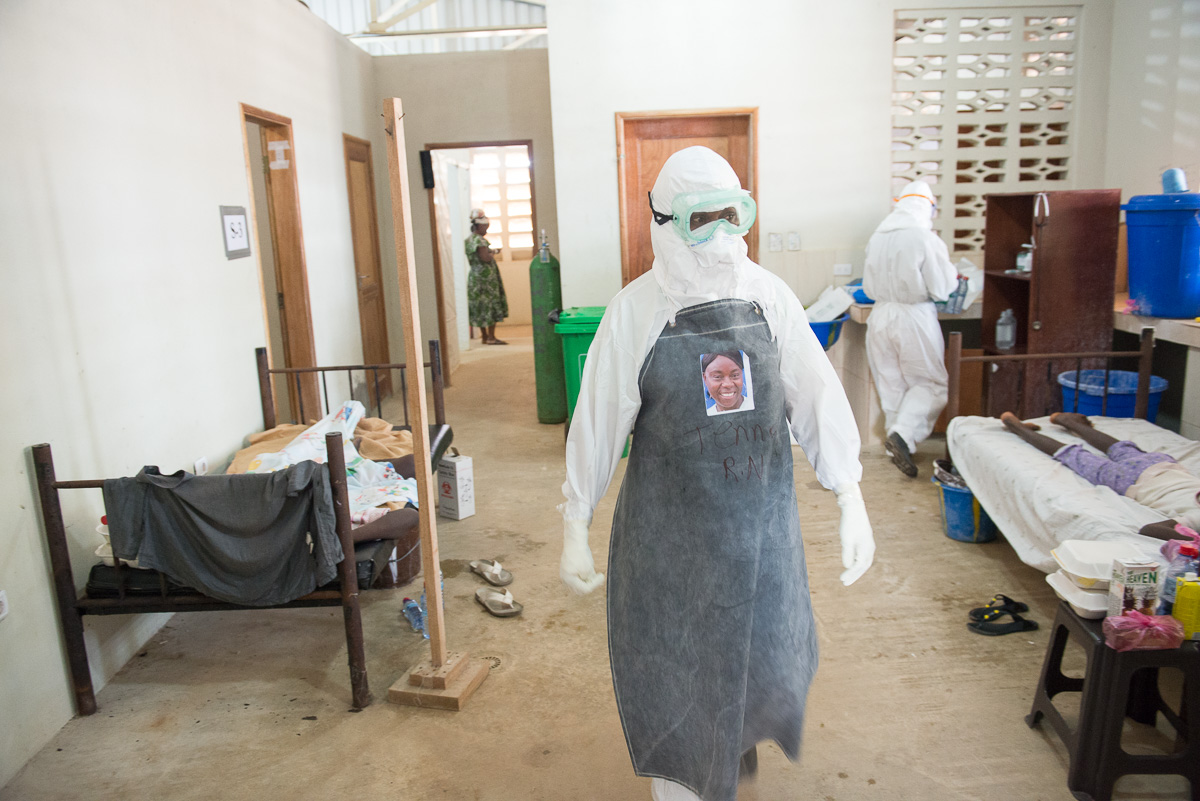
Through a large number of her projects, Heffernan consistently demonstrates how art can influence public health and patient care by adding layers of empathy and understanding to clinical environments.
She is a Professor of Sculpture, Photography, and Interdisciplinary Art at Occidental College, with a BFA from Boston University and an MFA from the California Institute of the Arts. To learn more about Heffernan and to view her work, visit marybethheffernan.com.
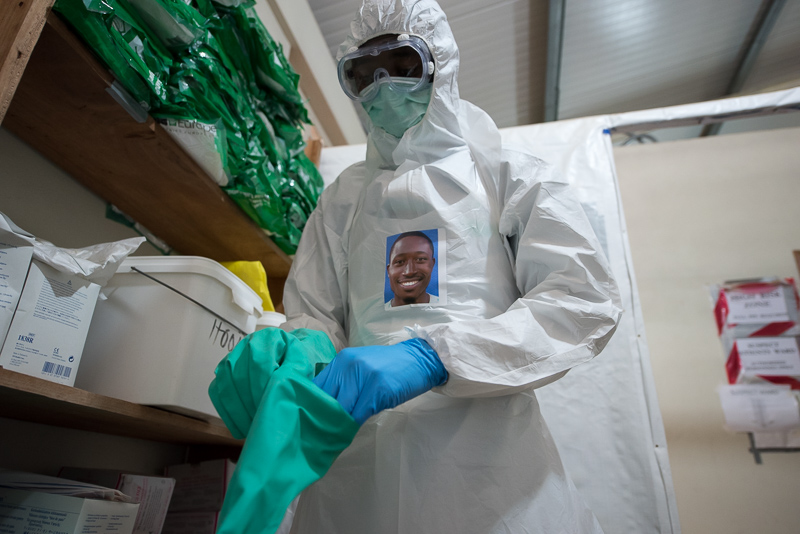
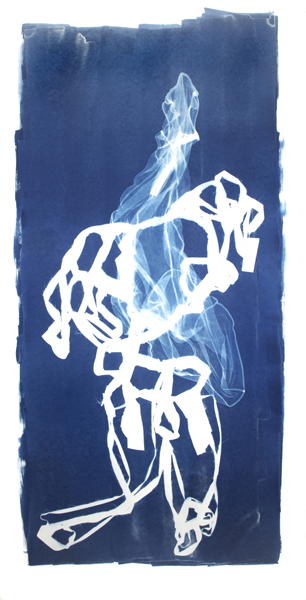

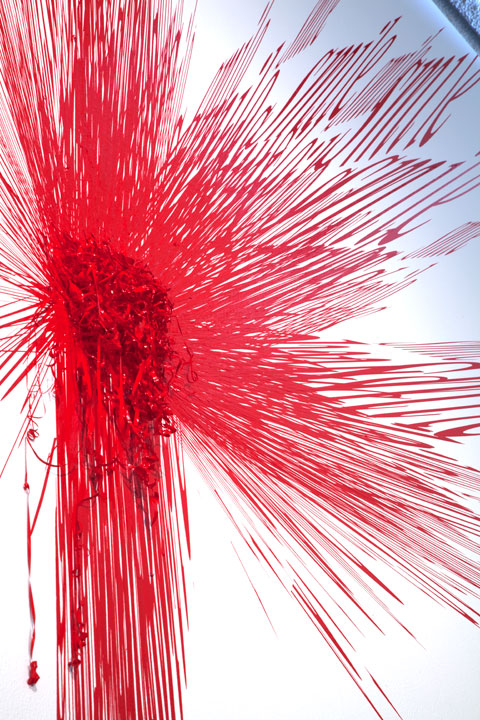
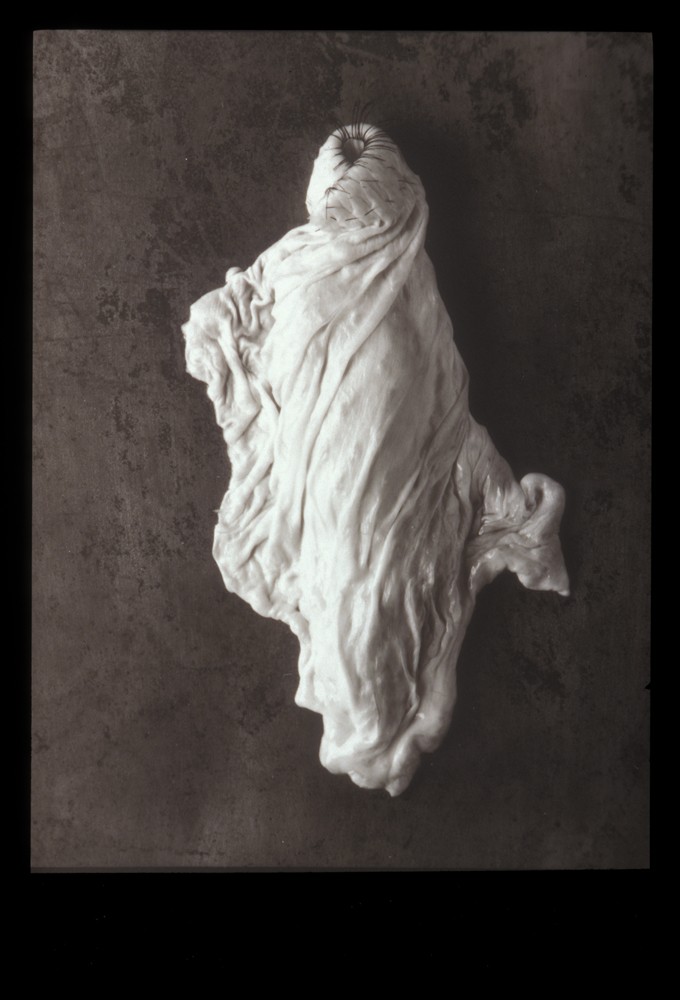

*All images and information is © Mary Beth Heffernan unless otherwise stated.
Disclaimer: The views and opinions expressed in this interview are those of the interviewees and do not necessarily reflect the views or positions of Public Health Landscape or Valent BioSciences, LLC.
